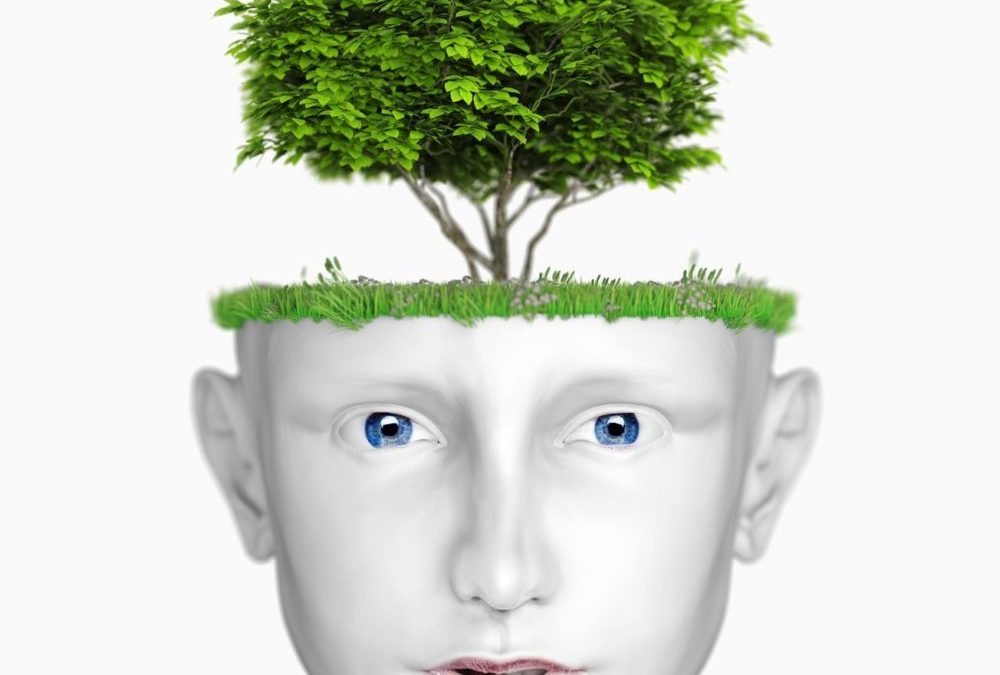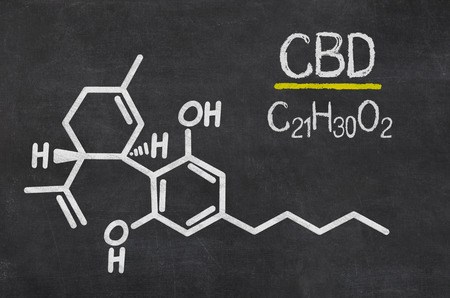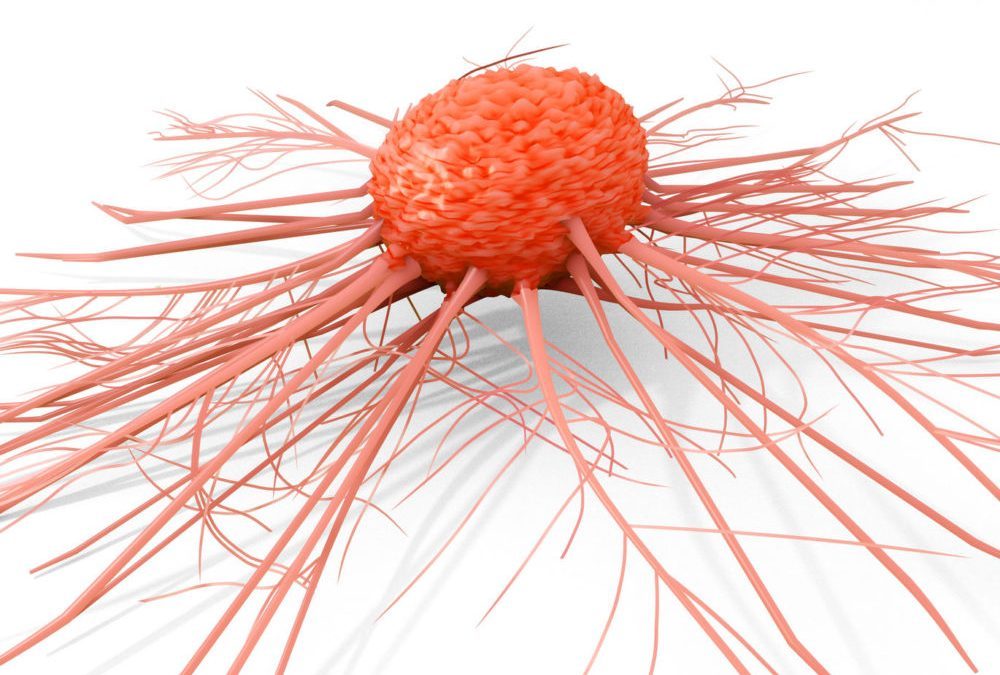Results of the survey on the use of CBD, for patients with epilepsy.
The results of the Cannabidiol-Enriched Cannabis Survey are summarized below. The children were between 2 and 16 years old. Thirteen children had Dravet syndrome (one of whom had epilepsy in women with mental retardation, EMFR), four children had Doose syndrome, and one had Lennox-Gastaut syndrome and idiopathic early-onset epilepsy. Children experienced a variety of seizure types, including focal, tonic-clonic, myoclonic, atonic, and infantile spasms. In all cases except patient 14 (age 2 years), children experienced treatment resistant epilepsy for more than 3 years before trying cannabis enriched with cannabidiol. The 2-year-old boy had experienced intractable seizures for 16 months before trying cannabis enriched with cannabidiol. The children had unsuccessfully tried an average of 12 other antiepileptic drugs before their parents began cannabidiol-enriched cannabis treatment. The doses of cannabidiol that parents reported they provided ranged from less than 0.5 mg / kg / day to 28.6 mg / kg / day. The THC doses contained in these samples were reported to range from 0 to 0.8 mg / kg / day.
To obtain dosage information, parents reported that their preparations were tested in commercial medical cannabis testing facilities. The frequency of seizures before administering cannabis enriched with cannabidiol ranged from 2 per week to 250 per day. The duration of administration of cannabis enriched with cannabidiol ranged from two weeks to more than a year. Sixteen (84%) of the 19 parents reported a reduction in the frequency of their children’s seizures. Two parents reported that their son became seizure free after more than 4 months of using cannabis enriched with cannabidiol. Of the remaining 14 parents who reported a change in seizure frequency, 8 reported a greater than 80% reduction in seizure frequency, three reported a reduction in seizure frequency of more than 50%, and three reported a reduction seizure frequency greater than 25%. Three parents reported no change. Twelve parents refused to give their child another antiepileptic drug after starting treatment with cannabis enriched with cannabidiol.
Summary of survey responses
The beneficial effects of cannabis enriched with cannabidiol, in addition to reduced seizures, included better mood (15/19, 79%), increased alertness (14/19, 74%), better sleep (13/19, 68 %) and decrease in self-stimulation 6/19, 32%). Negative side effects included drowsiness (7/19, 37%) and fatigue (3/19, 16%). Side effects reported while taking other antiepileptic drugs include rash, vomiting, irritability, dizziness, confusion, and aggressive behavior, none of whom were reported to use cannabis enriched with cannabidiol.
Side effects of treatment with enriched CBD.
To understand if our questions could produce results similar to the results of clinical trials, we asked for answers to an identical survey that will replace cannabis enriched with cannabidiol with other antiepileptic drugs in use for Dravet syndrome. Parents of a Facebook group were surveyed about stiripentol, which is approved only in Europe (although Americans can get it). We asked these parents to report how stiripentol affects the frequency of their child’s seizures, as well as what side effects were evident from the drug. Fifteen of the 22 (68%) parents reported that stiripentol reduced their child’s seizure frequency. Four parents reported a substantial increase in seizure frequency, while three parents reported no change. Common negative side effects reported for stiripentol included decreased appetite (5/22, 23%), weight loss (6/22, 27%), insomnia (4/22, 18%), and increased self-stimulation (3 / 22, 14%). The reports in response to our survey are consistent with published data on the effects of stiripentol in children with Dravet syndrome, and I support that our survey questions identify seizure and side effects similar to the results of clinical trials.
Discussion
Summary
We found that parents of children with severe treatment-resistant epilepsy are using cannabis enriched with cannabidiol to treat their child’s epilepsy. Parents report a high success rate in reducing seizure frequency with this treatment. Cannabidiol-enriched cannabis appears to be well tolerated in behavior, with some positive side effects not commonly associated with other antiepileptic drugs. There are, of course, multiple limitations of an anonymous parent survey.
We are unable to verify children’s dose or response to cannabis enriched with cannabidiol. We are reaching out to a group of parents who have a continuing interest in using cannabis enriched with cannabidiol for their child’s seizures that were likely selected for positive results. However, the overall positive results on seizure control in a refractory group of childhood epilepsies suggest that further studies of cannabidiol are warranted.
Parents report reduced seizures
The report on the reduction of the epileptic load in the surveyed population is surprising. The children comprised a population of highly refractory epilepsy, most with Dravet syndrome, a severe form of childhood epilepsy that often does not respond to available treatments, including antiepileptic drugs, the ketogenic diet, and the vagus nerve stimulator.
The children had not responded to an average of 12 antiepileptic drugs before using cannabis enriched with cannabidiol. Children experienced various types of seizures, and reports from parents suggest that cannabis enriched with cannabidiol may be effective for various seizures. The limited size of our survey and the small representation of syndromes other than Dravet do not provide additional guidance on the types of epilepsy to follow in clinical trials. However, it is important to note that the diagnoses and seizure types reported in this anonymous survey could not be validated by an experienced clinician.
Parents report favorable side effect profile
Quality of life surveys show that the adverse effects of antiepileptic drugs have as much impact on the patient’s ability to enjoy life as seizures. Our survey reports that cannabis enriched with cannabidiol is well tolerated in behavior and can have beneficial effects on cognition and mood. Many parents reported that their children experienced better sleep, increased alertness, and better mood while taking cannabis enriched with cannabidiol. These beneficial side effects are rarely reported with pediatric use of other antiepileptic drugs. Additionally, many of the negative side effects commonly associated with AEDs, such as irritability, insomnia, and aggressive behavior, were notably absent from parent reports of cannabis enriched with cannabidiol. Due to the apparent efficacy of cannabis enriched with cannabidiol, 12 parents reported that they weaned their child from other antiepileptic drugs, thereby increasing the child’s quality of life by eliminating the negative side effects associated with those other drugs.
Prejudice problems
We acknowledge that this survey has multiple biases that prevent us from drawing strong conclusions about the overall efficacy of cannabis enriched with cannabidiol in pediatric epilepsy. Positive reports of seizure control and side effects led us to investigate whether the wording of the questions produced strong positive bias.
We conducted an additional survey, using the same questions, of parents using stiripentol, a medication that is approved for the treatment of Dravet syndrome in Europe. Our results from the stiripentol survey are consistent with published studies on the efficacy and tolerability of stiripentol.
Because the responses to the stiripentol survey coincide with published data on the effects of stiripentol, it is unlikely that the formulation of the survey questions was inherently biased. Still, there remains a bias in subject selection, in the sense that parents involved in the Facebook group were advocates of using cannabis enriched with cannabidiol for their children.
Future directions
As parents are increasingly using artisanal cannabis preparations enriched with cannabidiol in an attempt to reduce the child’s seizure load, it is essential to obtain more data on the safety and efficacy of cannabidiol. These poorly regulated preparations may not represent the potential benefits and risks of pure cannabidiol. Formal studies to determine the safety, optimal dosage, tolerability, and efficacy of a standardized cannabidiol preparation in different populations of children and adults with epilepsy will provide the necessary data to determine whether cannabidiol has a place in the treatment of epilepsy. .




